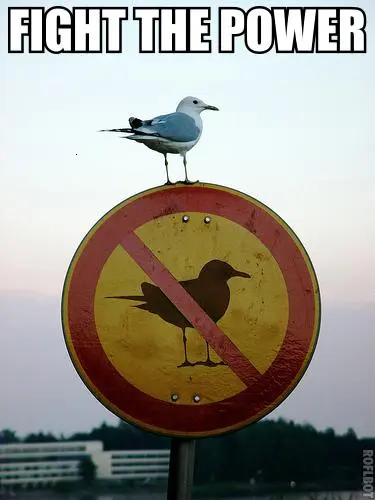

https://en.wikipedia.org/wiki/Toxicity
Maybe reading it somewhere else will help you get it.
A central concept of toxicology is that the effects of a toxicant are dose-dependent; even water can lead to water intoxication when taken in too high a dose, whereas for even a very toxic substance such as snake venom there is a dose below which there is no detectable toxic effect.
Yes, lower concentrations of a poison make it not a poison.
Do you think pure water is toxic because it can kill you if you drink too much?
https://www.epa.gov/sites/default/files/2015-09/documents/dwchloramine.pdf
The first phase of this study (Zierler et al., 1986) looked at the patterns of cancer mortality among 43 communities using either chlorine or chloramine since 1938. All resident Massachusetts deaths among those 45 years and older and occurring during 1969-1983 were eligible for the study. Deaths were selected for inclusion if the last residence listed on the death certificate was in a community using chlorine or chloramine for disinfection. Cancers of the bladder, colon, kidney, pancreas, rectum, stomach, lung and female breast were thought to be related to chlorinated by-products of disinfection and were therefore treated as cases for a mortality odds ratio (MOR) analysis. Deaths from cardiovascular and cerebravascular disease, chronic obstructive lung disease and lymphatic cancer (N=214,988), considered to be unrelated to chlorinated by-products, were used for comparison. In general, cancer mortality was not associated with type of disinfectant in the MOR analysis. There was a slight association (MOR=1.05) for chlorine use noted only with bladder cancer that increased slightly (MOR=1.15, 95% confidence interval = 1.06-1.26) when lung cancer deaths were used for controls. Standardized mortality ratio analysis of the data set were generally unremarkable. There was a small increase in mortality (SMR=118, 95% confidence interval = 116-120) from influenza and pneumonia in the chloraminated communities. CLORAMIN.6 VI-5 03/08/94
https://www.epa.gov/dwreginfo/related-research-chloramines-drinking-water
That’s from just basic googling, so yeah, I’d say it’s pretty easy to find at least moderately compelling evidence.
Don’t forget some studies on the benefits:
https://pubmed.ncbi.nlm.nih.gov/15782893/ https://pubmed.ncbi.nlm.nih.gov/10176376/
As well as on general chlorine safety: https://www.ncbi.nlm.nih.gov/books/NBK598756/











Tact? I’ve been extremely tactful you twit. You’ve been obtuse the the point of incredulity.
Yes, I sent a collection of EPA references. Who do you think oversaw most of the studies?
My entire point has been the toxicity issue which you seem incapable of understanding. You’ll have to forgive me for invoking the chlorine issue so much, since you started this whole thing with implying I drink pool water and saying that “poison is poison” in contradiction to “dosage matters”.
You still haven’t answered me. If a toxic substance is toxic no matter what, “poison is poison”, would you consider water to be a poison?
Clearly.